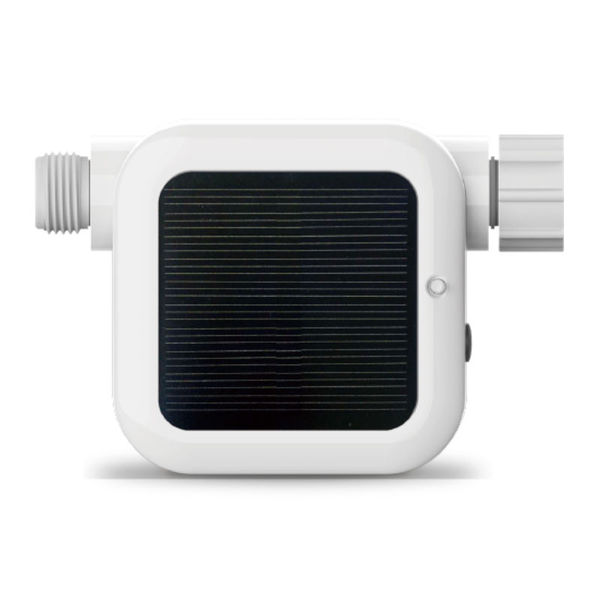Watering correctly saves time, money, and plants. The heat of summer is coming, and along with it, water restrictions in many municipalities. Summer water restrictions can force us to re-evaluate our watering practices. In many cases we may find that our watering practices are wasteful and inefficient.
Deep, infrequent watering is recommended. In most cases, an inch of water per week (rain plus irrigation) should be sufficient. Applying that inch of water in one deep watering will encourage deeper rooting, which leads to stronger, healthier plants. Watering once a week also fits well into most municipal water restrictions. Shallow, frequent watering, on the other hand, will lead to shallow root systems and high water loss through evaporation. With shallow watering, such
